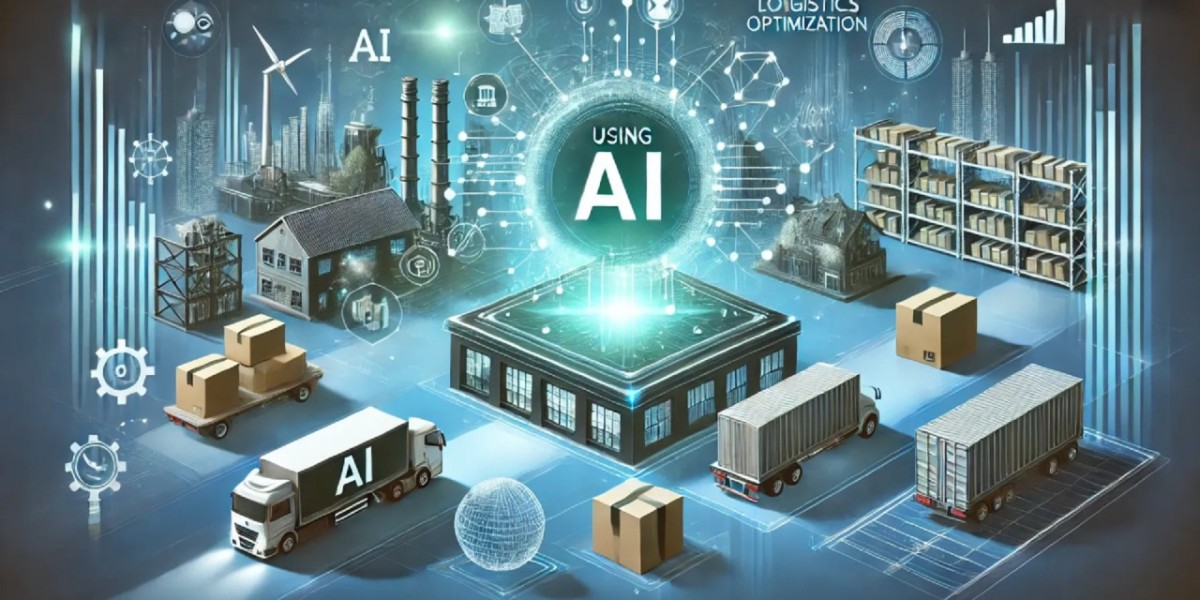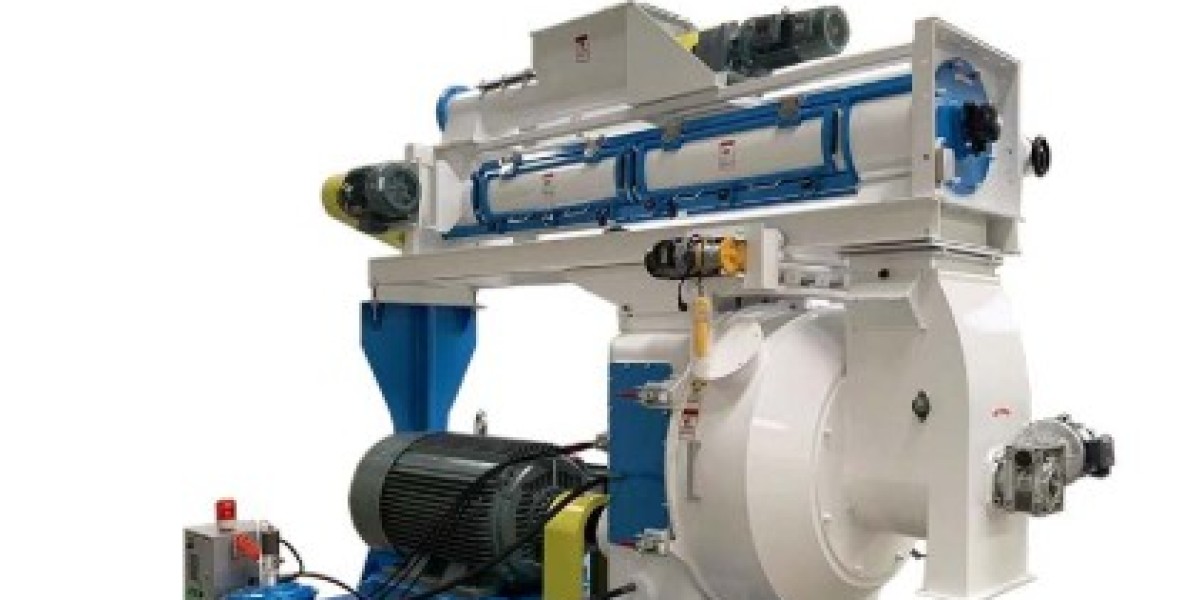AI solutions have emerged as a transformative force in this space, equipping businesses with predictive insights, automation capabilities, and real-time analytics that traditional systems simply can’t match. In 2025, companies that embrace AI-driven supply chain optimization aren’t just keeping up, they're setting the pace for their industries.
In this article, we’ll explore how AI is reshaping supply chain operations, practical applications, benefits, challenges, and strategies for implementation.
The Role of AI in Modern Supply Chains
Historically, supply chain management relied heavily on manual forecasting, static spreadsheets, and reactive decision-making. While this worked in slower markets, it’s no match for today’s dynamic environment where disruptions can come from geopolitical events, natural disasters, or sudden demand shifts.
AI solutions bring automation, intelligence, and scalability to supply chains by:
Analyzing massive data sets in real time
Predicting demand with higher accuracy
Optimizing inventory levels
Identifying potential disruptions before they occur
Automating repetitive workflows
These capabilities enable organizations to move from reactive problem-solving to proactive and predictive management.
Key Applications of AI in Supply Chain Optimization
1. Predictive Demand Forecasting
AI uses historical sales data, market trends, seasonal patterns, and even social media sentiment to predict demand more accurately than traditional methods. Retailers, for example, can avoid overstocking and understocking, both of which can significantly affect profitability.
Tip: Integrating AI forecasting tools with ERP systems ensures data consistency and enables automated reordering.
2. Smart Inventory Management
Instead of maintaining large, costly warehouses, AI solutions optimize stock levels across locations. By predicting replenishment needs, businesses reduce carrying costs and improve cash flow.
Example: Amazon leverages AI to anticipate customer orders and pre-position inventory in nearby distribution centers for faster delivery.
3. Route Optimization in Logistics
AI-driven route planning considers traffic, weather, fuel costs, and delivery windows to find the most efficient delivery paths. This not only saves time and fuel but also reduces the carbon footprint.
Pro Tip: Combining AI with IoT sensors in delivery vehicles enhances tracking accuracy and reduces delays.
4. Supplier Risk Management
AI evaluates supplier reliability by analyzing factors such as past performance, financial health, and geopolitical risks. This helps businesses diversify suppliers and prevent costly supply chain disruptions.
5. Quality Control Automation
AI-powered computer vision systems can detect product defects on manufacturing lines faster and with greater accuracy than human inspectors, ensuring quality standards are consistently met.
6. Real-Time Tracking and Visibility
AI-integrated tracking systems provide stakeholders with up-to-the-minute insights into shipments, enabling quicker responses to unexpected delays.
Benefits of AI-Driven Supply Chain Optimization
Increased Efficiency: Automation eliminates manual bottlenecks, improving turnaround times.
Cost Reduction: Smarter inventory and route planning lower operational expenses.
Greater Resilience: Predictive analytics help businesses prepare for and mitigate disruptions.
Sustainability Gains: Optimized logistics reduce emissions and waste.
Enhanced Customer Satisfaction: Faster, more accurate deliveries improve the customer experience.
Challenges in Implementing AI in Supply Chains
While AI solutions are powerful, their adoption comes with challenges:
Data Quality and Availability – AI is only as good as the data it processes.
Integration with Legacy Systems – Older systems may require costly upgrades to be AI-ready.
Change Management – Employees must adapt to new workflows and trust AI-driven recommendations.
Upfront Investment – The initial implementation can be expensive, though ROI is often realized quickly.
Best Practices for Deploying AI in Supply Chain Optimization
Start with Clear Goals – Define KPIs such as cost savings, delivery speed, or reduced stockouts.
Ensure Data Accuracy – Invest in data cleansing and governance before deploying AI tools.
Choose Scalable Solutions – Opt for platforms that can grow as your business and supply chain evolve.
Prioritize User Training – Equip teams with the skills to work effectively alongside AI systems.
Monitor and Refine Continuously – AI models improve with feedback; regularly assess performance.
The Future of AI in Supply Chains
Looking ahead, AI will integrate even more closely with emerging technologies like blockchain (for enhanced transparency) and digital twins (for simulating supply chain scenarios). Autonomous drones and delivery robots will also become mainstream in last-mile logistics.
By 2030, we can expect AI-driven supply chains to be self-learning ecosystems capable of dynamically adapting to real-world conditions without human intervention.
Conclusion
AI solutions are no longer optional for supply chain leaders they’re a competitive necessity. From predictive forecasting to real-time visibility, AI delivers the agility and intelligence required to thrive in an unpredictable global market.
Businesses that invest in AI now will not only optimize operations but also create more resilient, sustainable, and customer-centric supply chains for the future.
FAQs on AI in Supply Chain Optimization
1. How do AI solutions improve supply chain efficiency?
AI automates data analysis, predicts demand, optimizes routes, and streamlines inventory management, significantly reducing operational delays and costs.
2. What industries benefit most from AI-powered supply chains?
Retail, manufacturing, e-commerce, logistics, healthcare, and automotive sectors see the greatest benefits from AI-driven optimization.
3. Is AI implementation in supply chains expensive?
Initial costs can be high, but the long-term ROI often outweighs the investment through reduced waste, improved efficiency, and increased customer satisfaction.
4. How does AI help during supply chain disruptions?
AI predicts potential disruptions and suggests alternative suppliers, routes, or inventory adjustments, enabling proactive risk management.
5. Can small businesses use AI in supply chain management?
Yes. Cloud-based AI solutions make advanced supply chain optimization accessible and affordable for SMEs.








